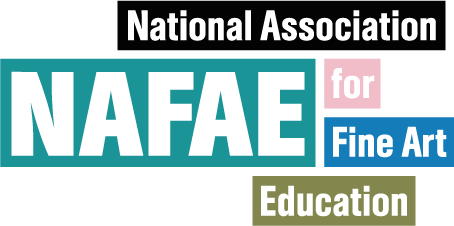Abstract
This presentation explores claims that contemporary community arts projects have the power to bring about social change and challenges existing critical frameworks, which argue that such projects perpetuate the status quo. Terms such as community cohesion, social inclusion and community regeneration are often associated with community arts projects, and funding is typically based on the extent to which a project is likely to meet corresponding objectives. However, scholars argue that this terminology is problematic: regeneration can become gentrification, social inclusion may infer an othering of certain sectors of society, and community cohesion can suggest social homogenization rather than a recognition of diversity. Thus, the claims that community art can impact social change have been challenged.
Within the academic literature, there has been significant debate around the terminology of collaborative art practices, and various terms have been developed. Claire Bishop in Artificial Hells (2012) draws a distinction between ‘participatory art’ and ‘community art’. Grant Kester, in Conversation pieces (2004) proposes a theory of ‘dialogical aesthetics’. Suzanne Lacy’s Mapping the Terrain (1995) argues for ‘new genre public art’. O’Neill and Doherty propose ‘durational art’ and Helguera uses the term ‘social engaged practice’. Within this discourse the term community art has fallen out of fashion and been marginalised as amateur. Through a close examination of the theoretical literature in this field, and consideration of the community arts movement that was established in the late 1960/early 1970s I develop a definition of community art that incorporates several key elements in its practice. These include: an embedded and durational approach, a dialogical approach, and an art as activism approach. It is these processes, when collectively brought together, that defines community art and distinguishes it from other collaborative practices.
To answer criticism that community art simply perpetuates the status quo, I draw on the work of Paulo Freire, and the development of the concept of critical citizenship. Citizenship education was introduced into the UK curriculum in 2002 to address a ‘democratic deficit’ (Wood 2012:16). However, analysis of this reveals a form of citizenship which promotes economic self-sufficiency, civic obedience, and voluntary action. Thus, there is little room for the development of critical engagement with society. Therefore, I utilize the critical citizenship framework (CCF) devised by Johnson and Morris (2010) as a lens to conduct an in-depth analysis of a case study; the Postcode Criminals project (2011-12) which was initiated by artist, Joann Kushner, and young people in Liverpool. The purpose of the project was to challenge the zero-tolerance style policing tactics employed in the city and the negative stereotyping of urban youth. Through the CCF which ‘maps key descriptors of critical pedagogy’ with ‘curricula manifestations’ (Johnson and Morris 2010:87) I examine how the processes employed within the project can provide a space where young people can develop the skills necessary to become critical citizens. This presentation will outline the value in assessing projects that seek to bring about change, from a critical citizenship perspective.
Bio
Sue Warner is a PhD researcher at Loughborough University with an interest in art and social change, particularly relating to young people. She is a trustee of Charnwood Arts, a community arts organisation in Loughborough, and sits on the steering committee of a local arts event, 'Into the Outwoods Sculpture Trail'.

